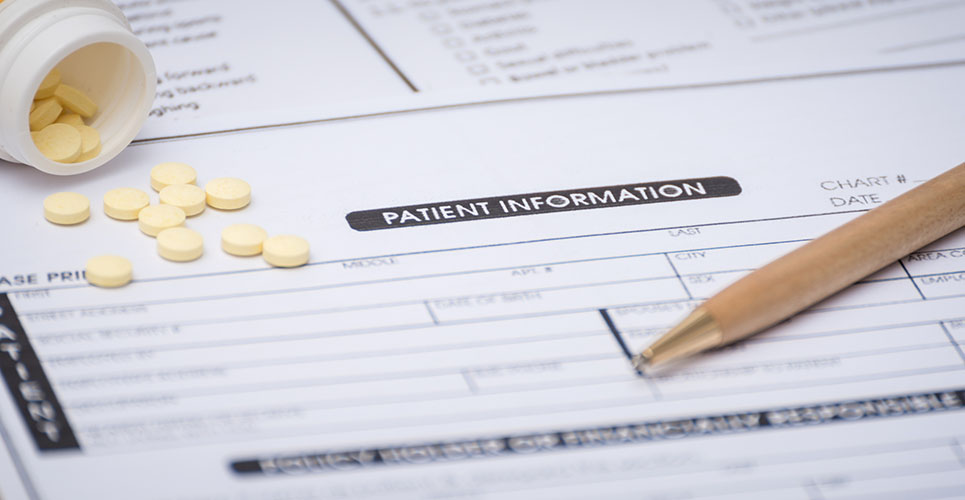teaser
Christine Clark PhD FRPharmS FCPP(Hons)
Editor, HPE
The implementation of medicines reconciliation as a routine element of patient care could be one of the most far-reaching developments in helping to ensure patient safety
At a recent conference in Northern Ireland the audience heard how electronic medicines reconciliation software had been developed and is being implemented. The system has been designed to support pharmacists in the process of medicines reconciliation and to minimise the need for handwritten notes and transcriptions. It uses a standard dictionary of descriptors (the DM+D) and so can feed the data into other systems. Notably, it automatically generates the discharge prescription with spaces for annotation such as ‘discontinued because of intolerable side effects’ or ‘replaced with drug x’. It also produces a document that can be sent electronically to the community pharmacy of choice. (HPE will be carrying more about this ground-breaking project in a future issue.)
Mix-ups and miscommunications about medicines at points of transition in healthcare systems are now recognised to be major problems in most countries (see page 27 this issue). Indeed, the World Health Organization made medicines reconciliation one of its priority tasks to improve patient safety as part of the ‘High 5s’ project. This project is designed to reduce significantly the frequency of five challenging patient safety problems in five countries over five years. France, Germany and The Netherlands are participants in this project, which involves the implementation of a medicines reconciliation standard operating procedure.
In the UK, joint guidance produced by the National Patient Safety Agency and The National Institute for Health and Clinical Excellence set out recommendations for medicines reconciliation. Most hospitals now aim to provide medicines reconciliation services for patients within 24 hours of admission.
Medicines reconciliation is a service that showcases pharmacy at its best – it is not a service for the few, like pharmacokinetics or TPN services, but a routine service for the many. It can have a profound impact on the success of treatment. At its heart is the very simple notion of matching what is prescribed in hospital with what the patient was taking beforehand. Although this seems straightforward, almost every hospital pharmacist has seen examples of omissions, mix-ups and dose errors at transfer points. However, to deliver this service well, in a timely manner, requires resources and personnel, and in many places these are stretched. Medicines reconciliation does not stand in isolation from other services. It provides the foundation for rational prescribing during the hospital stay and the information collected should serve as a prompt for the discharge prescription. This is where the development of an electronic system offers real benefits. It ensures that the next step in the process – the transmission of accurate discharge information – can take place in a timely manner. Accurate, prompt discharge information about medicines should help to reduce the number of patients who, by default, end up taking their pre-admission medicines again and are eventually readmitted to hospital.
The real cause for celebration here is the almost universal recognition of the importance of medicines reconciliation as a routine element of good patient care and the acceptance of pharmacy staff as the people who do it best. More than anything else, this integrates pharmacy services into the routine patient care process. Finding ways to do it more efficiently and effectively will be a natural development – and colleagues in Northern Ireland have already made great strides here. This could be one of the most far-reaching developments that pharmacy has made in helping to ensure the safety of our patients.

